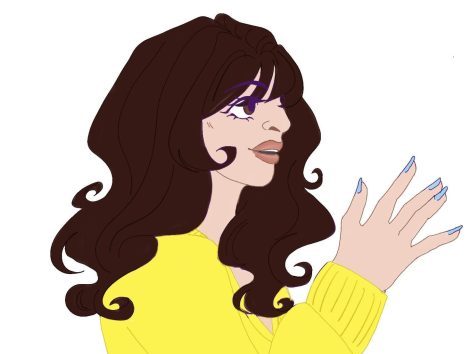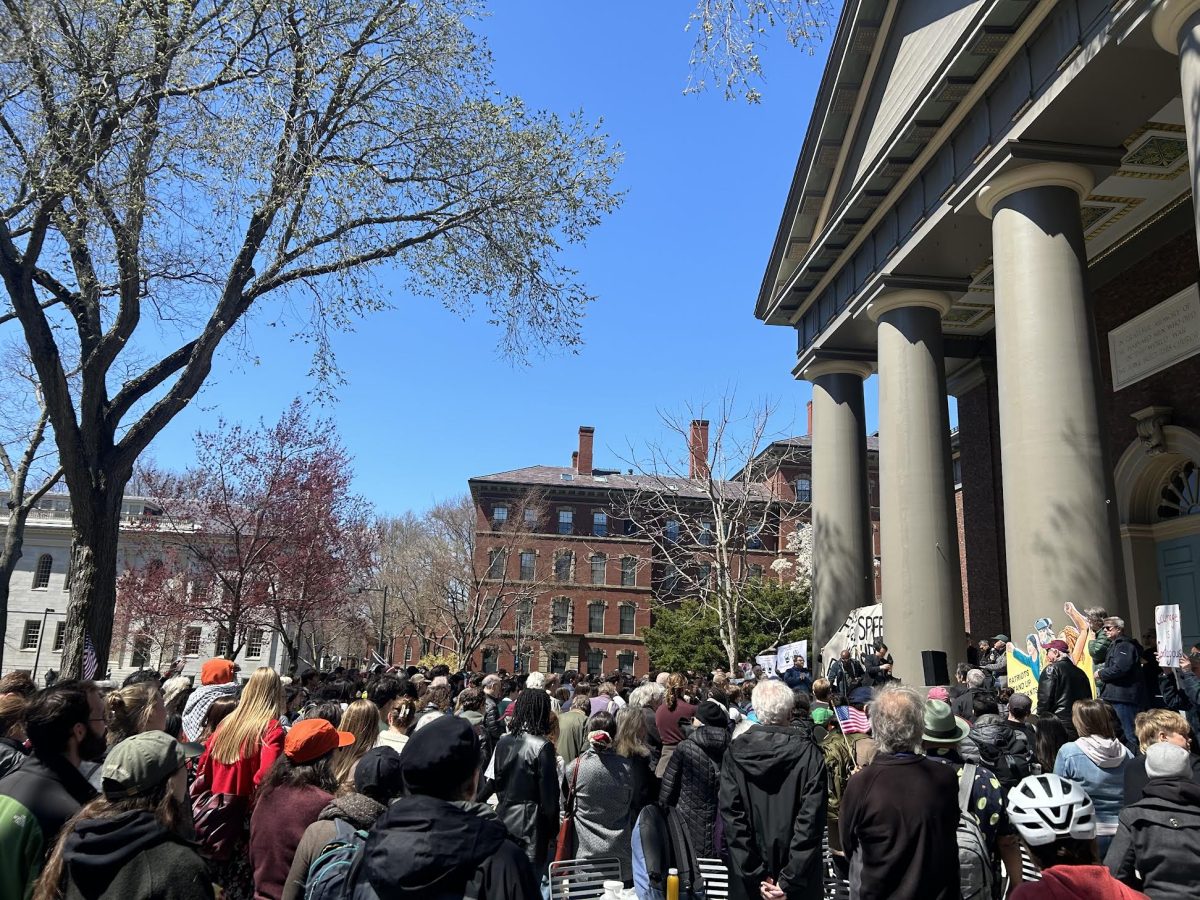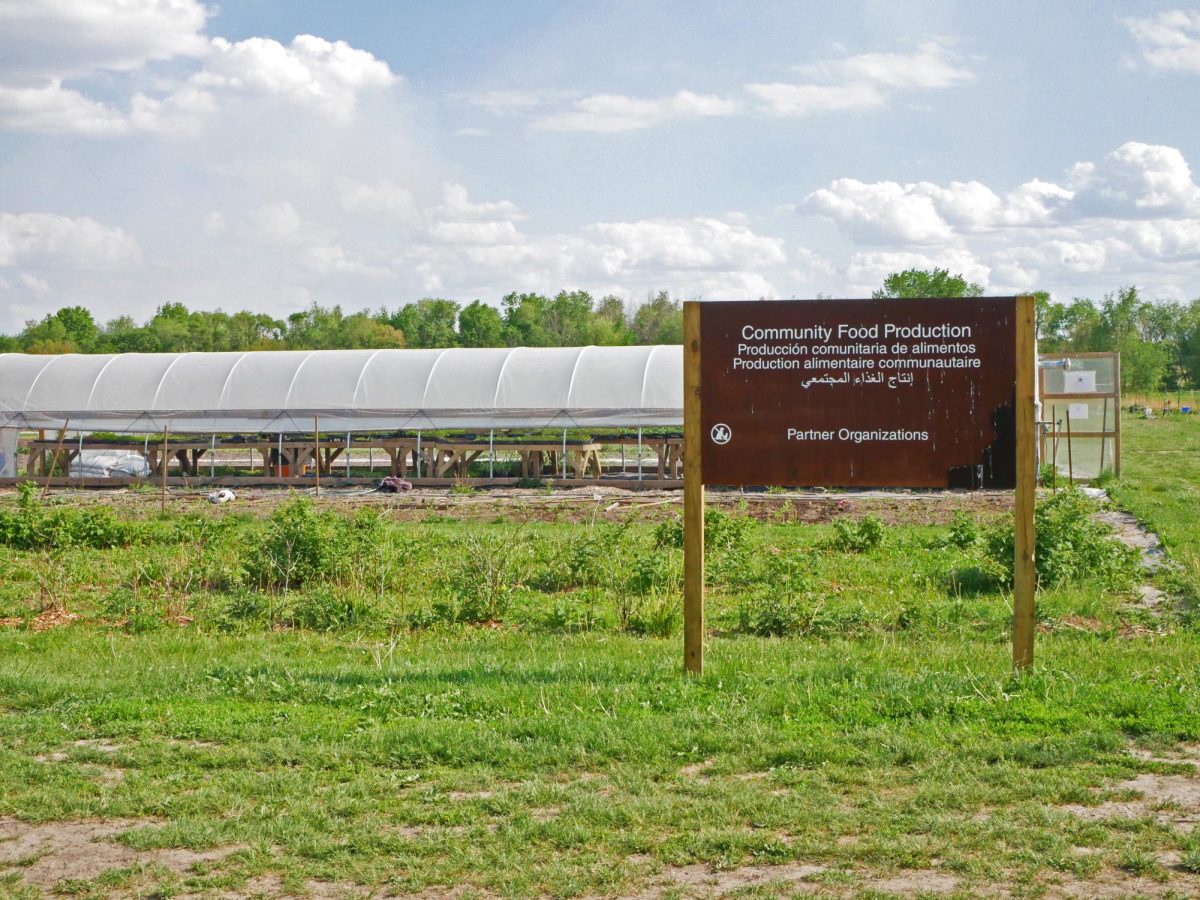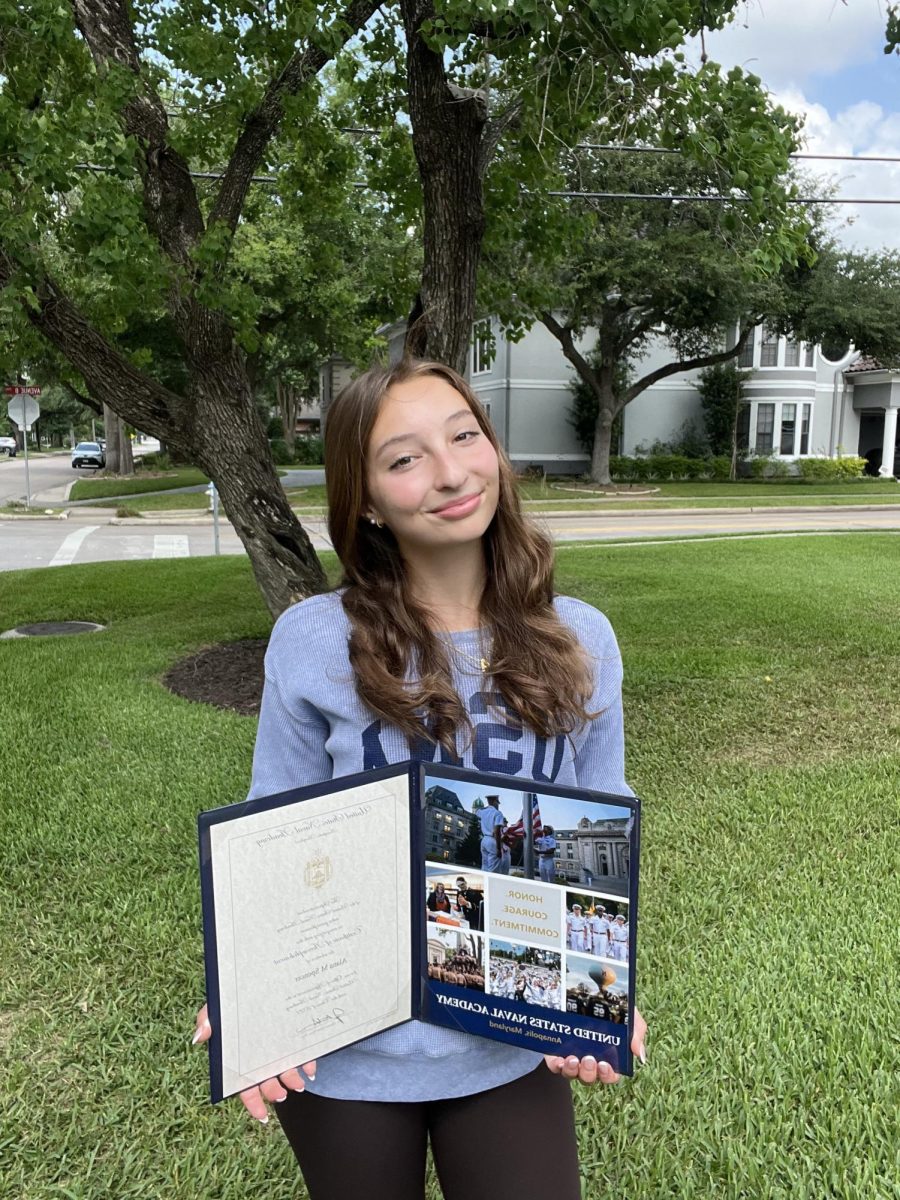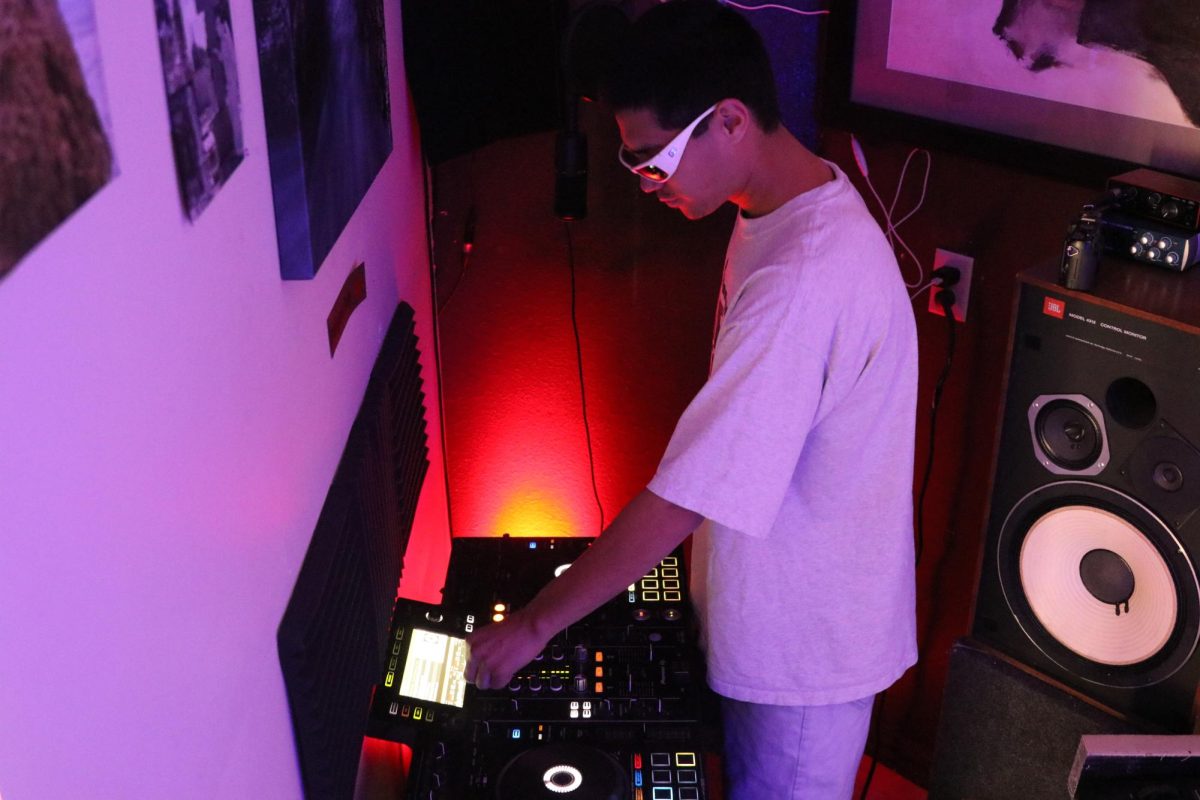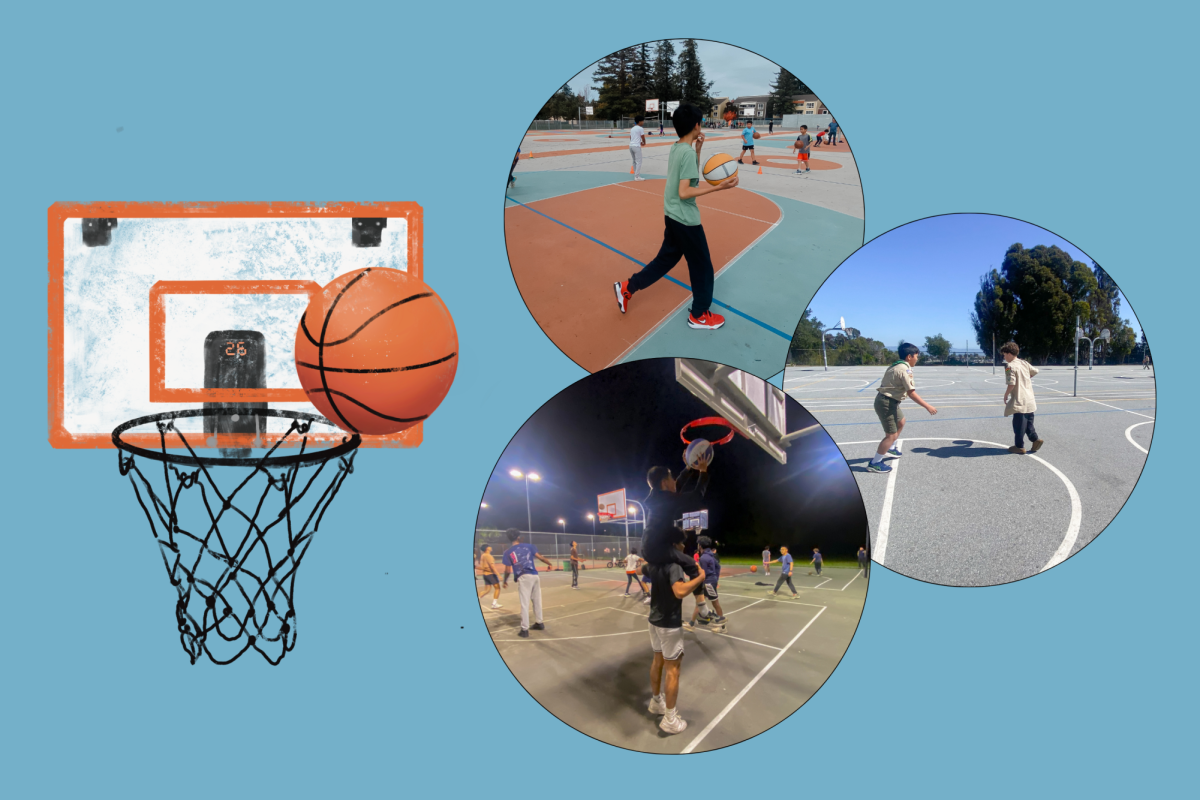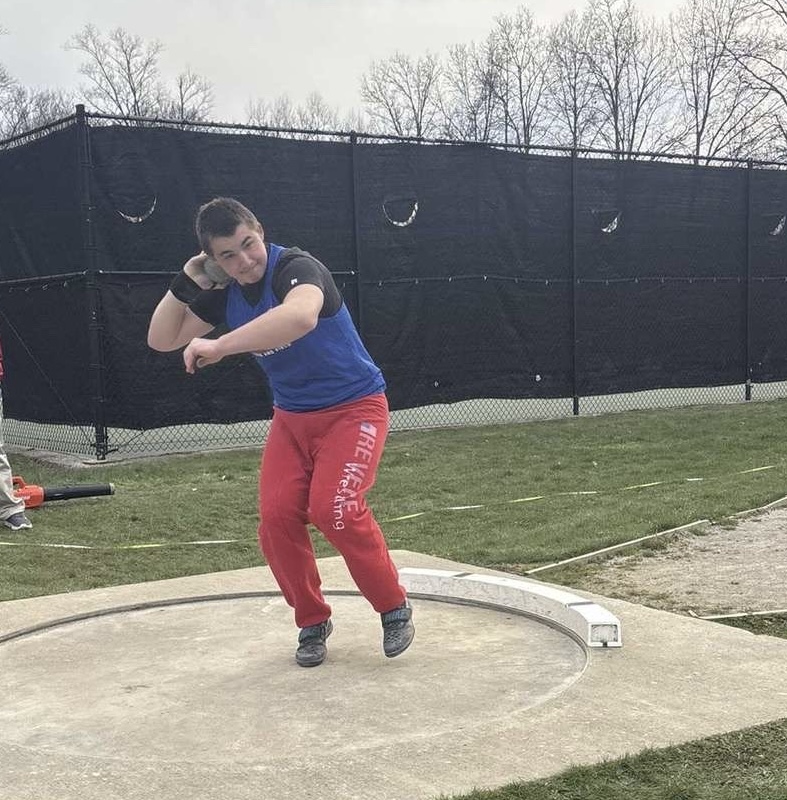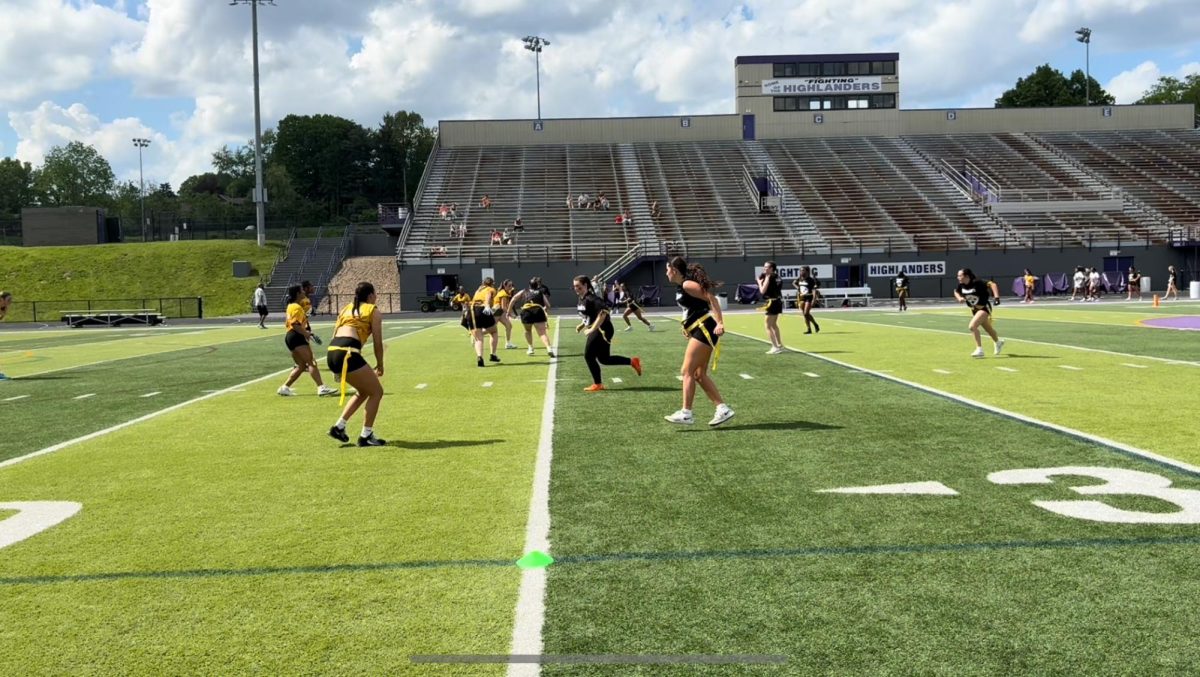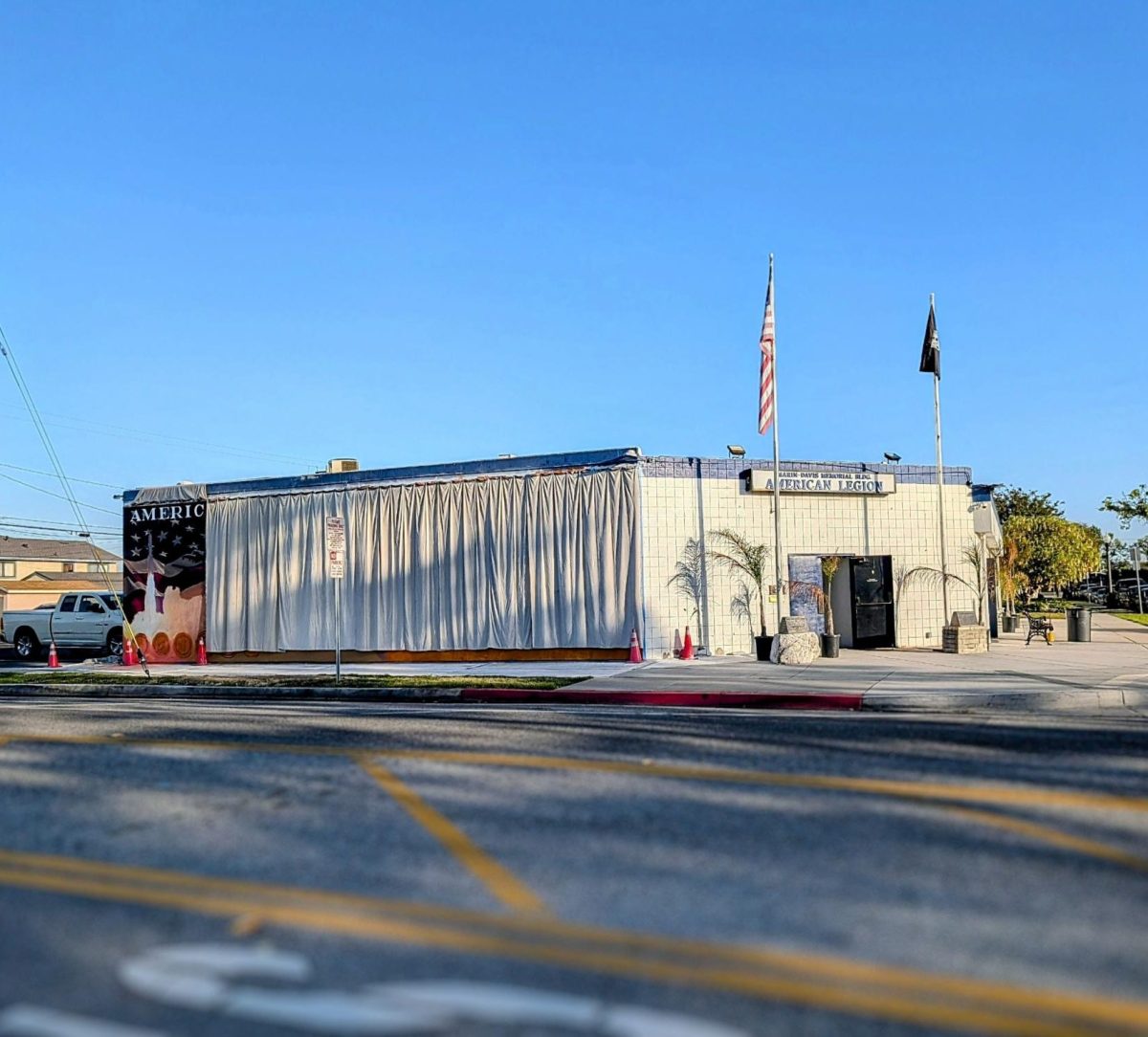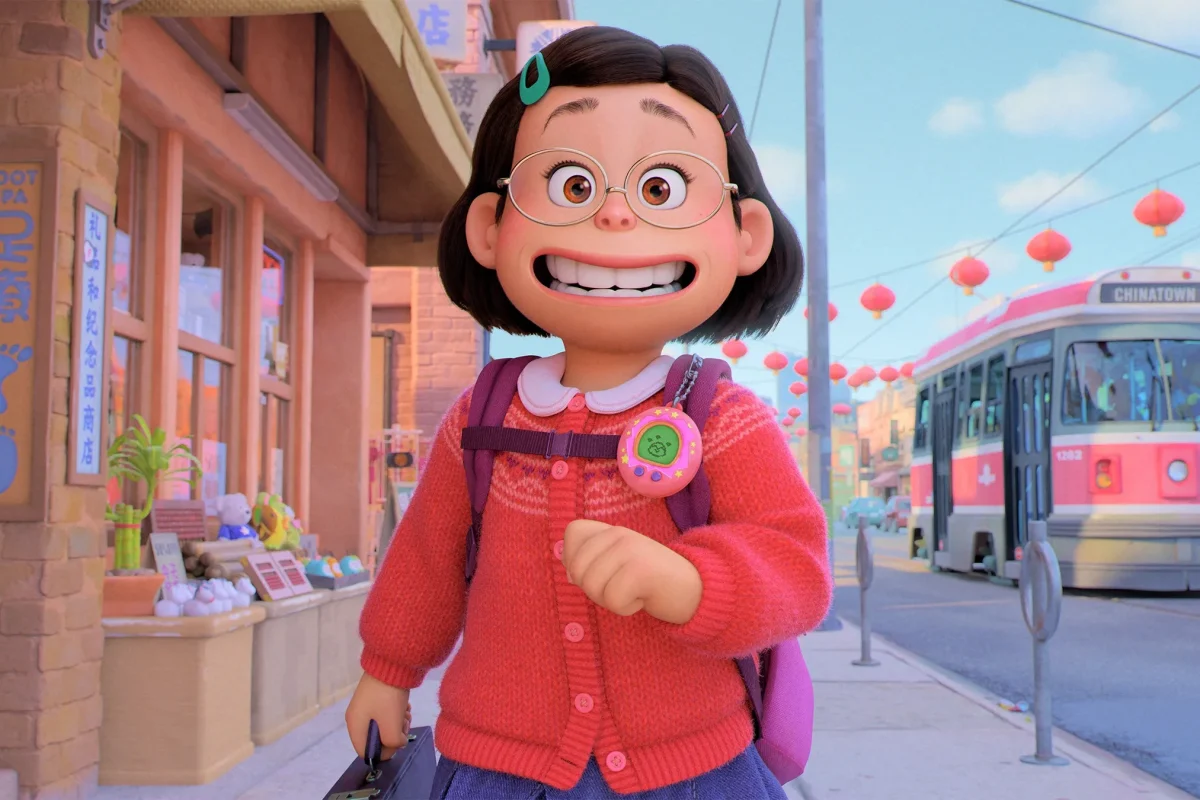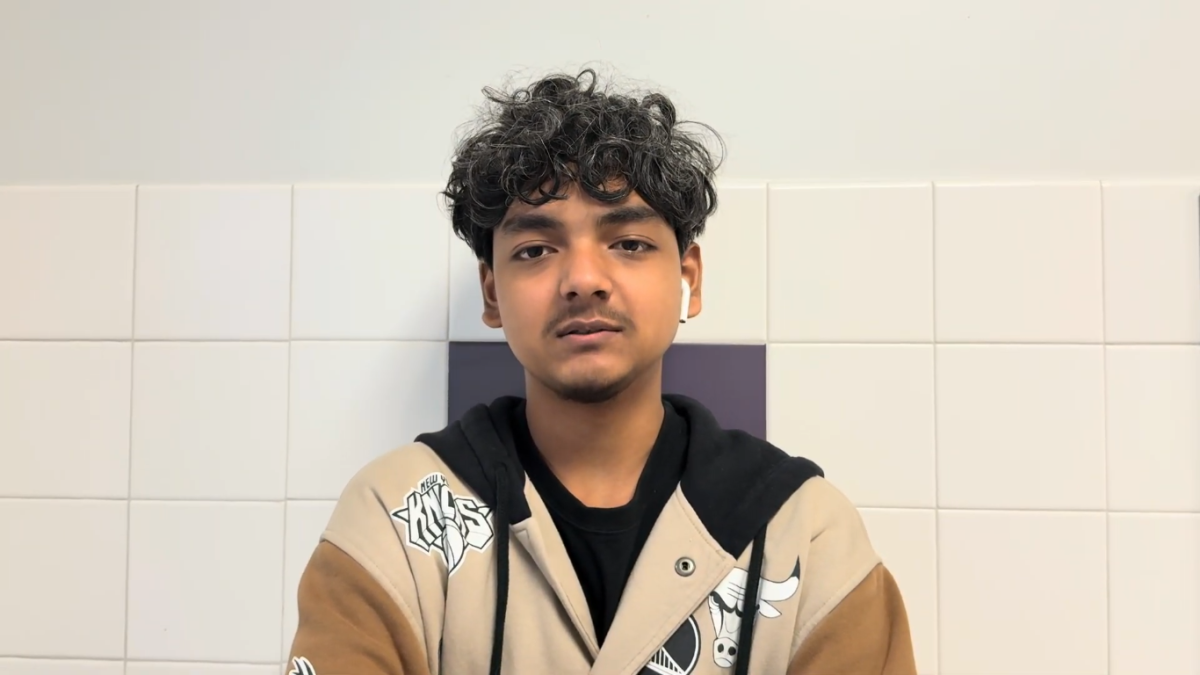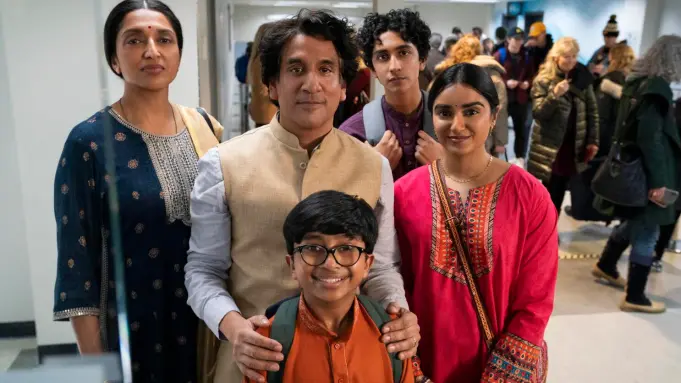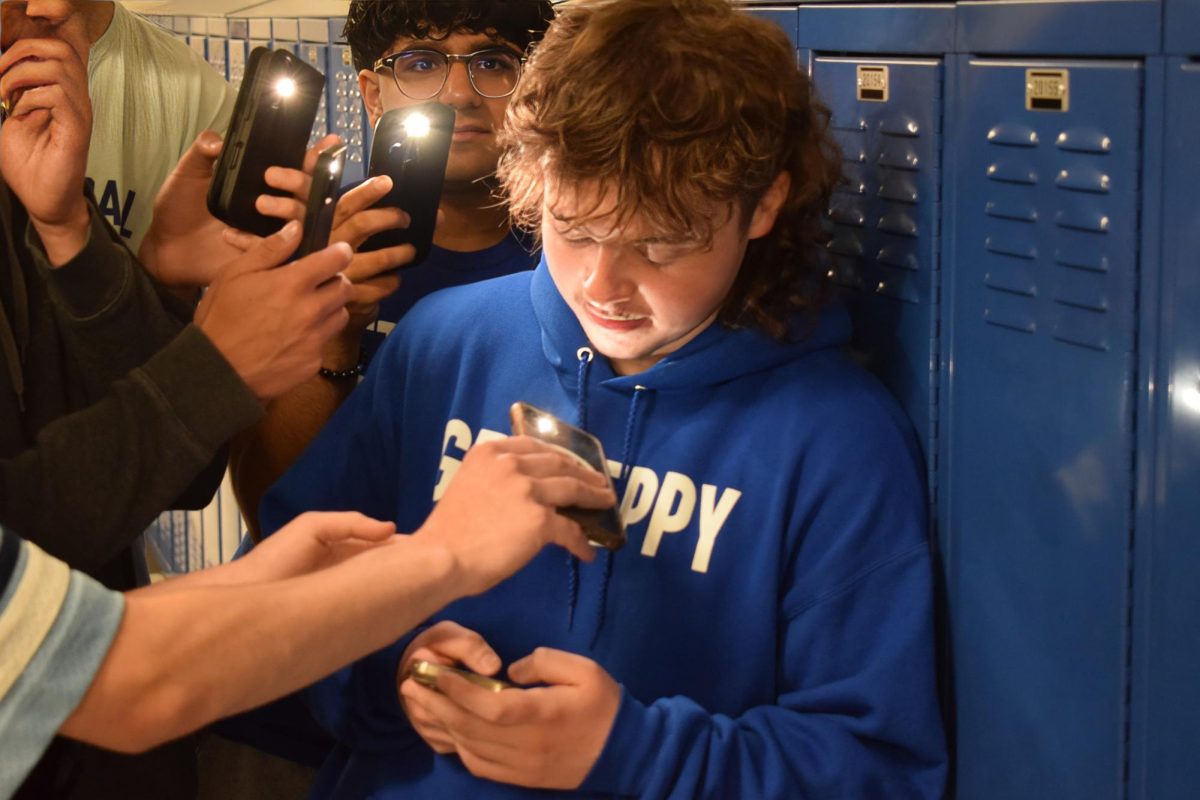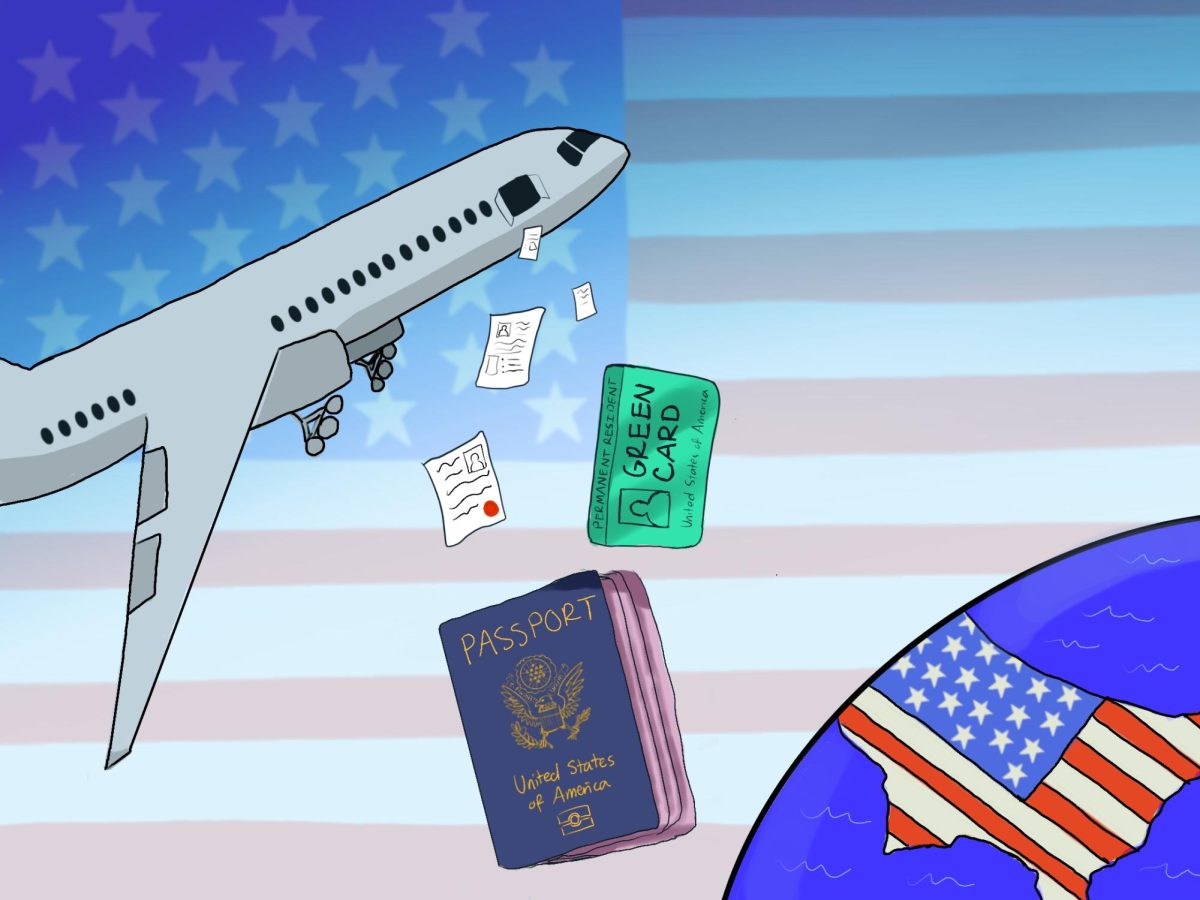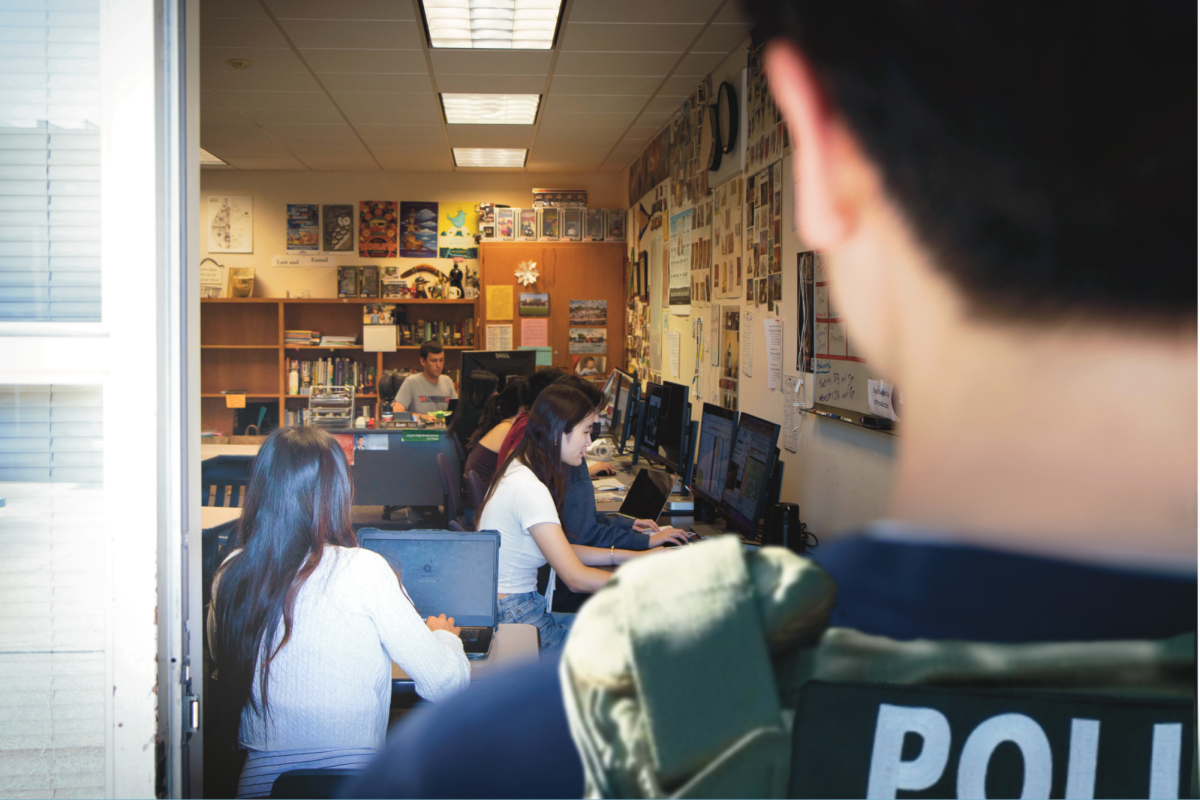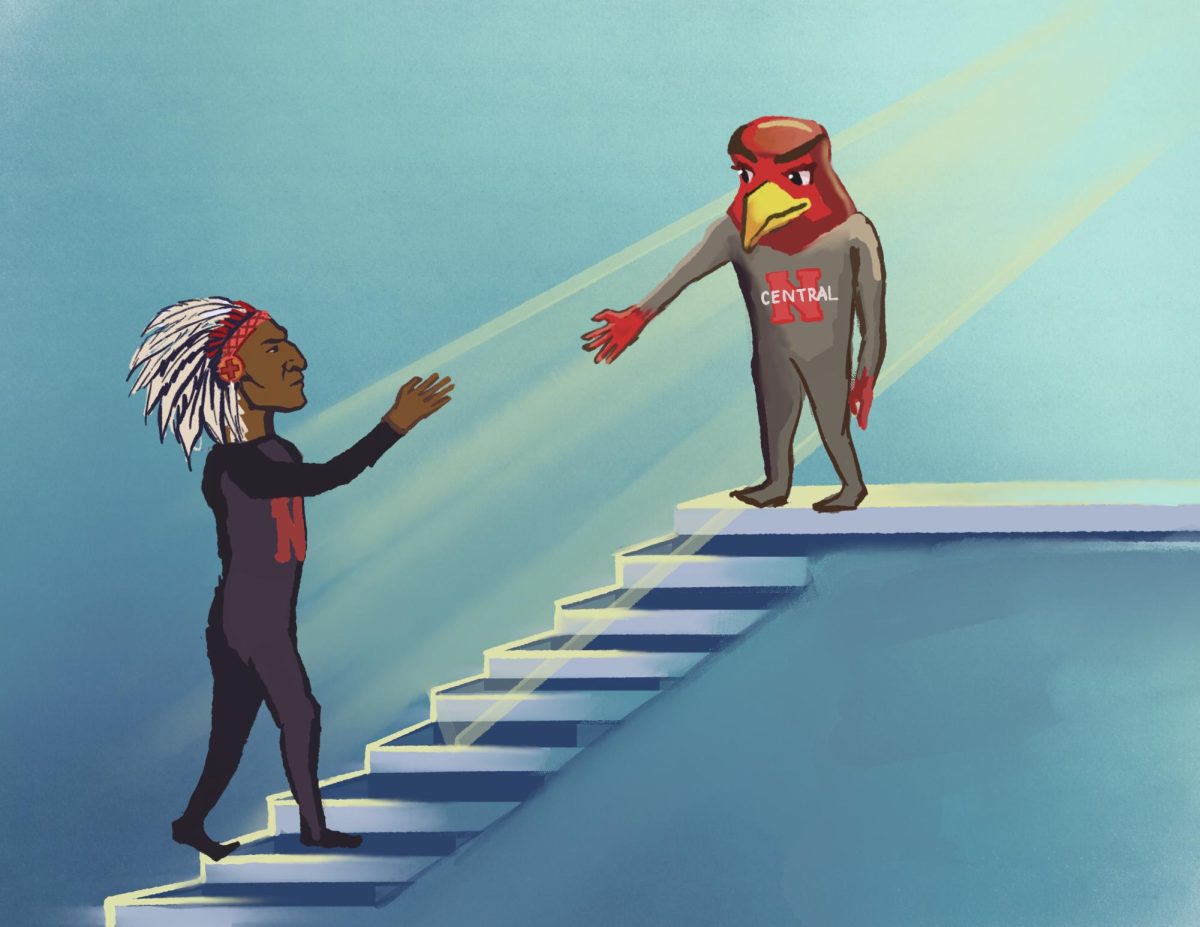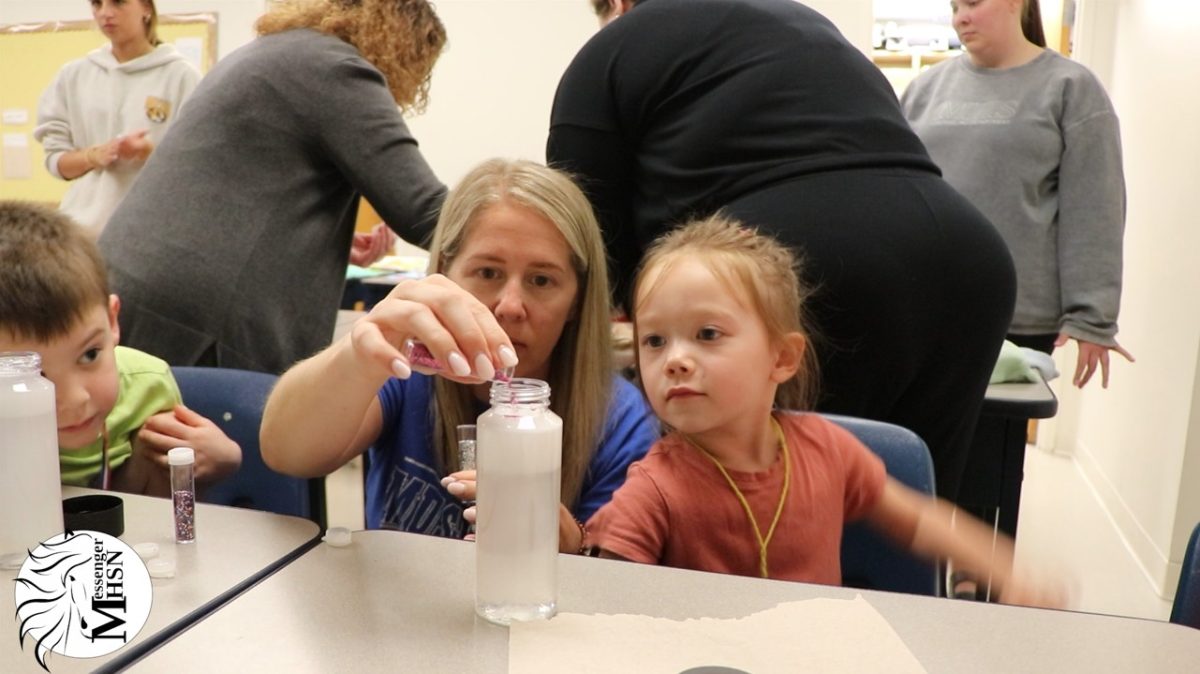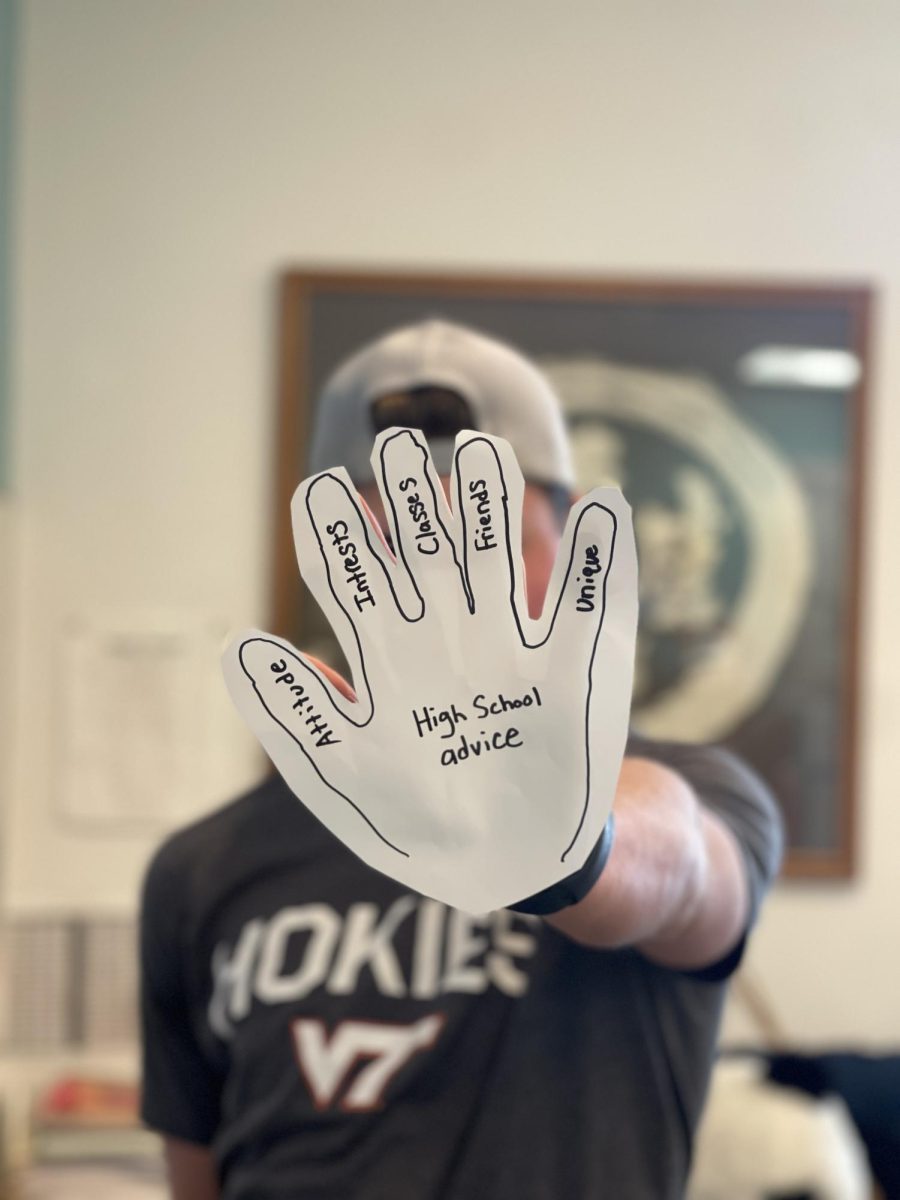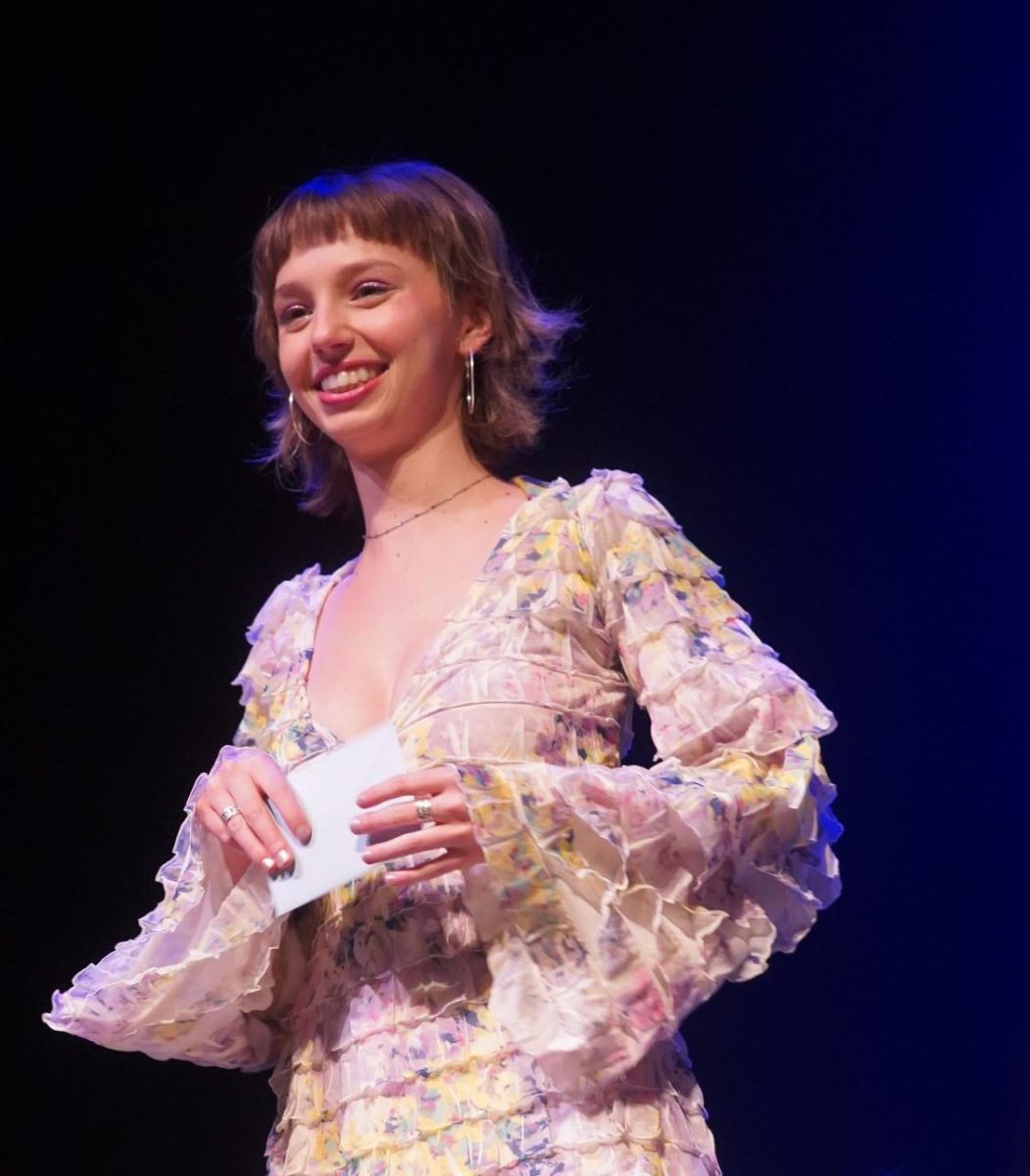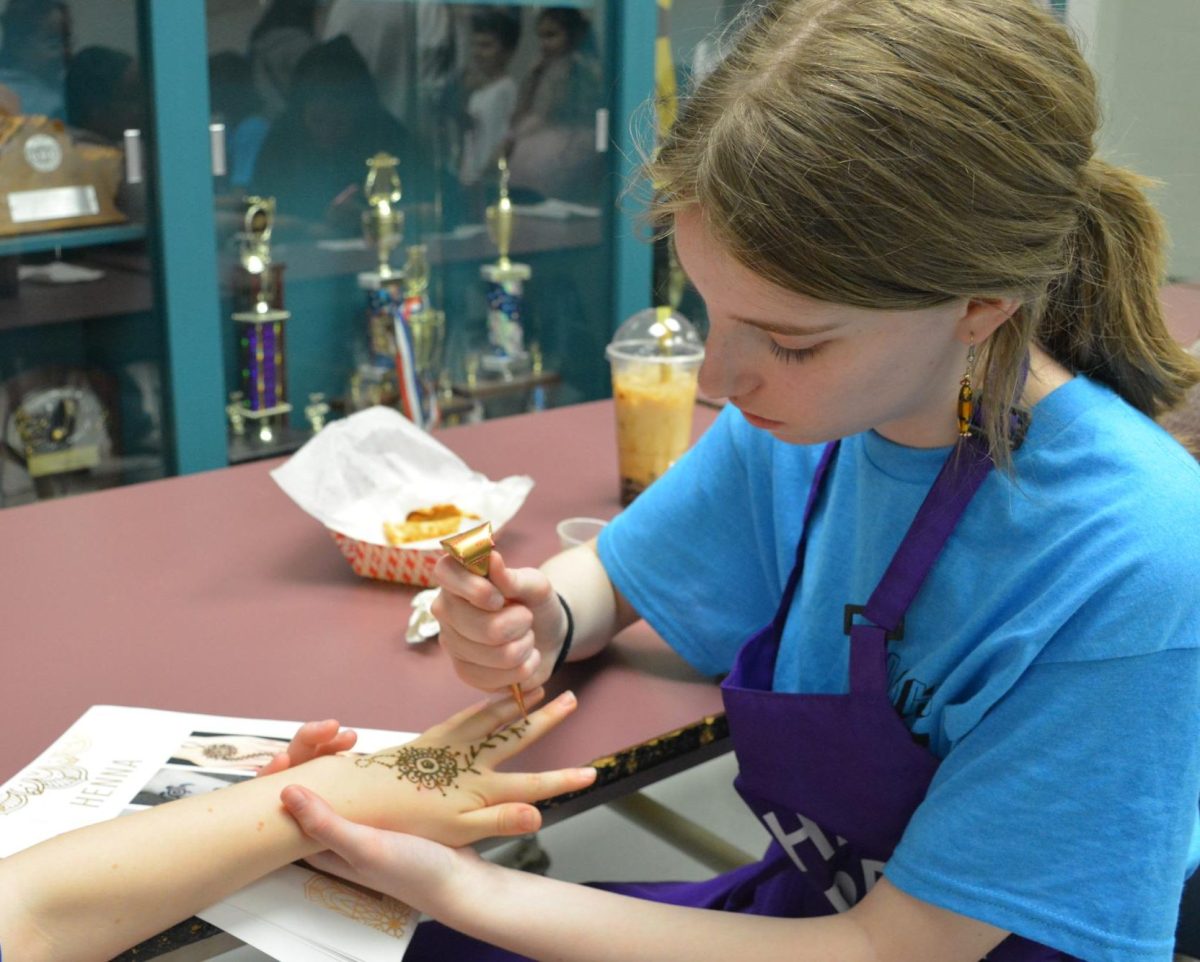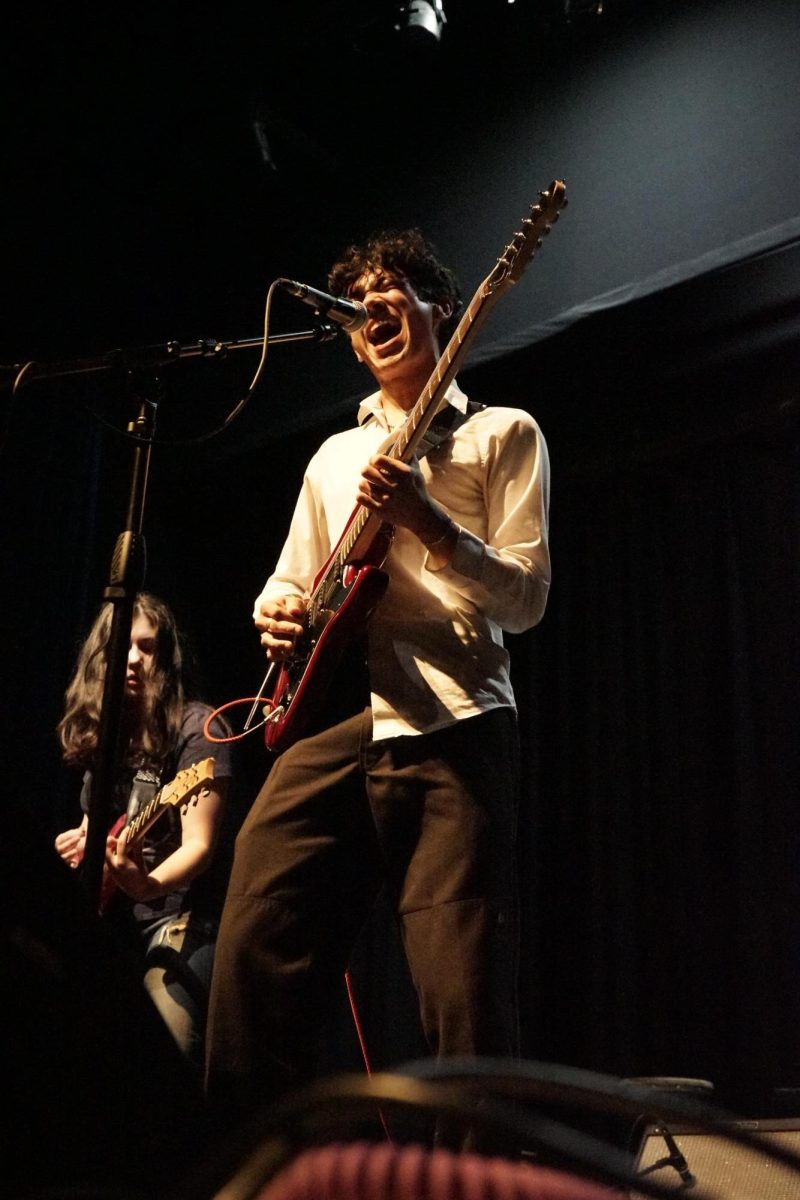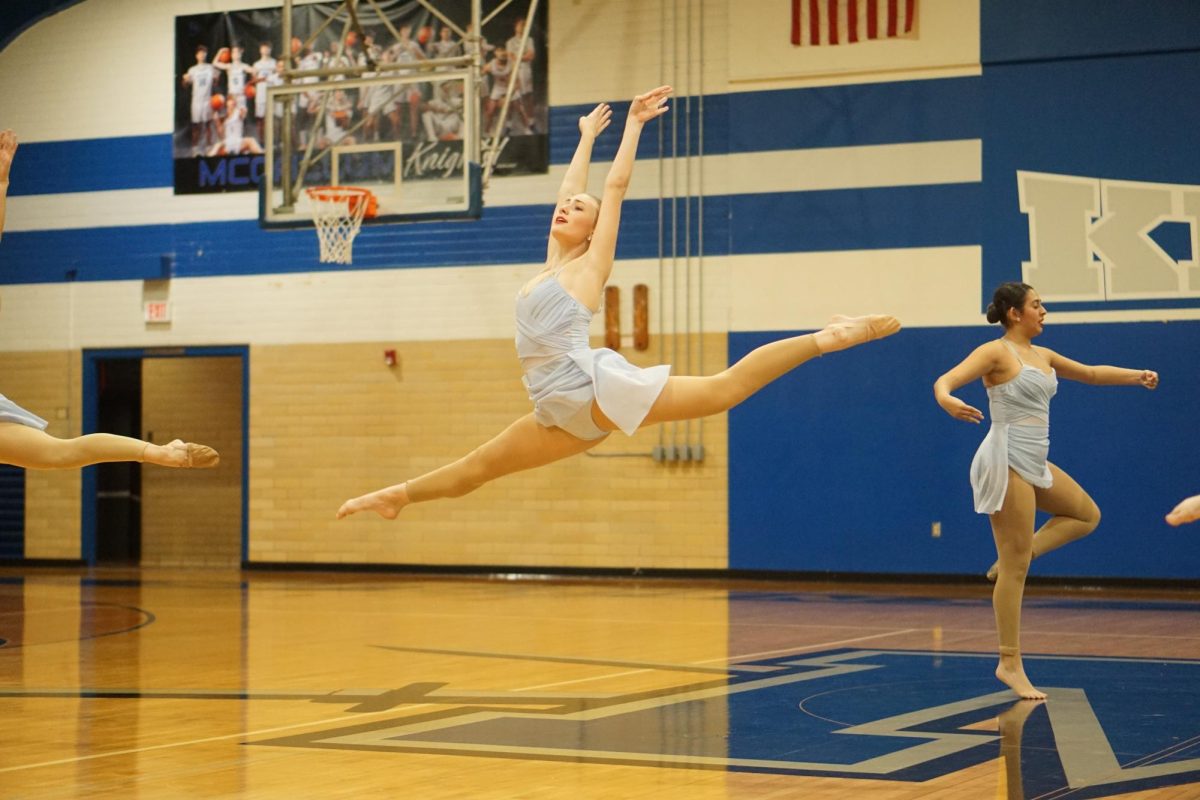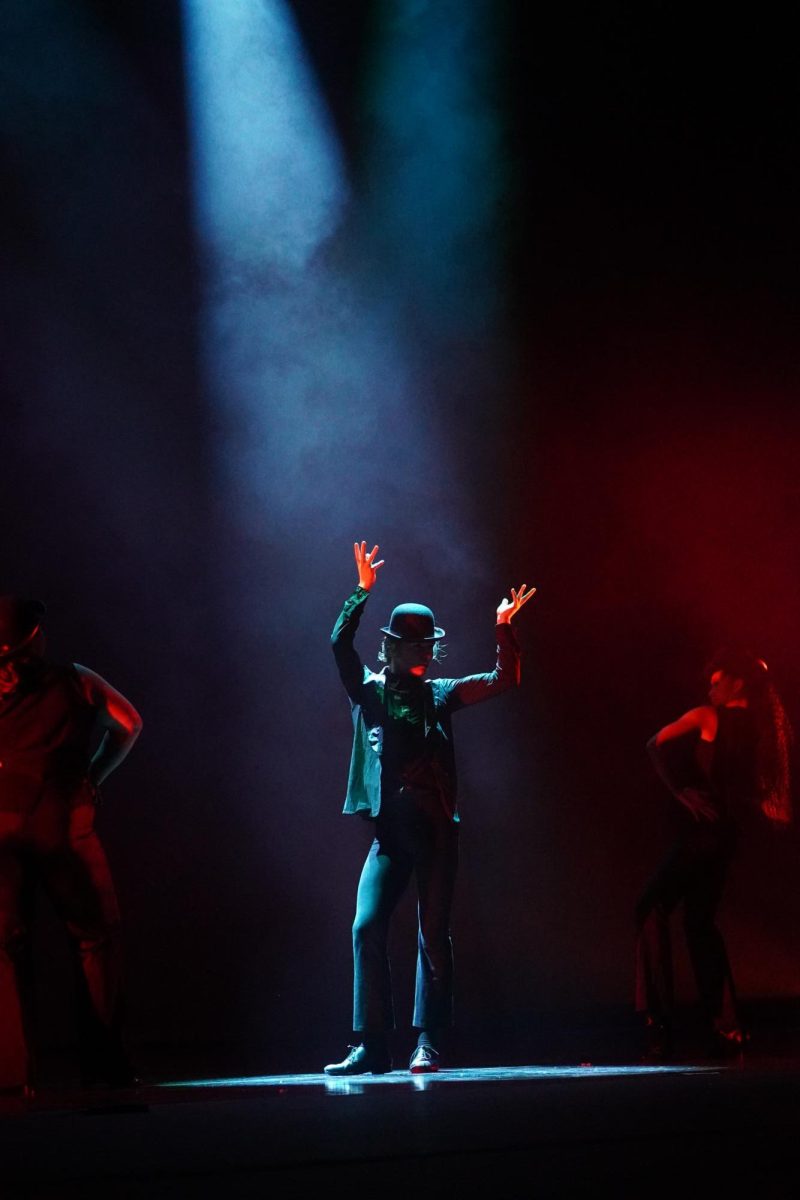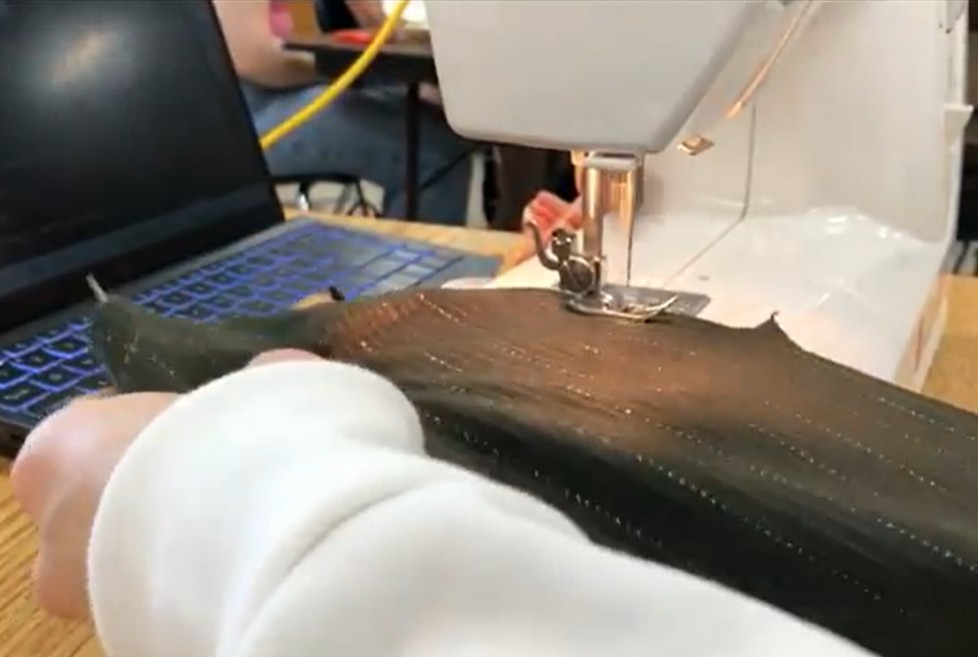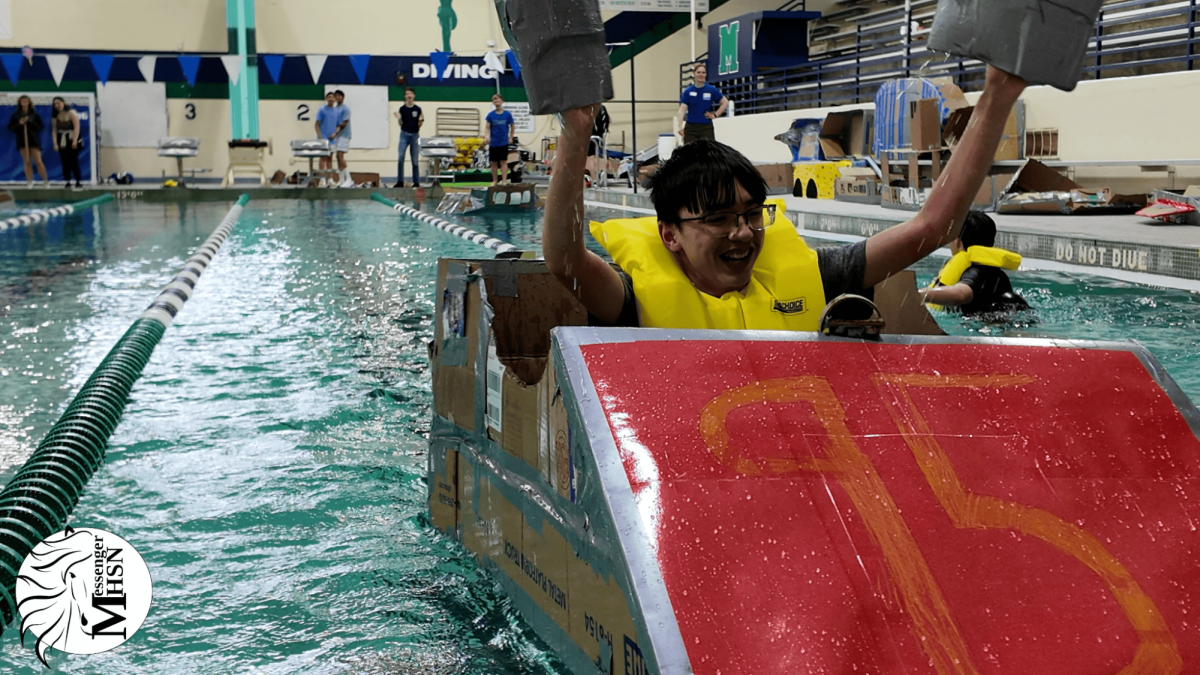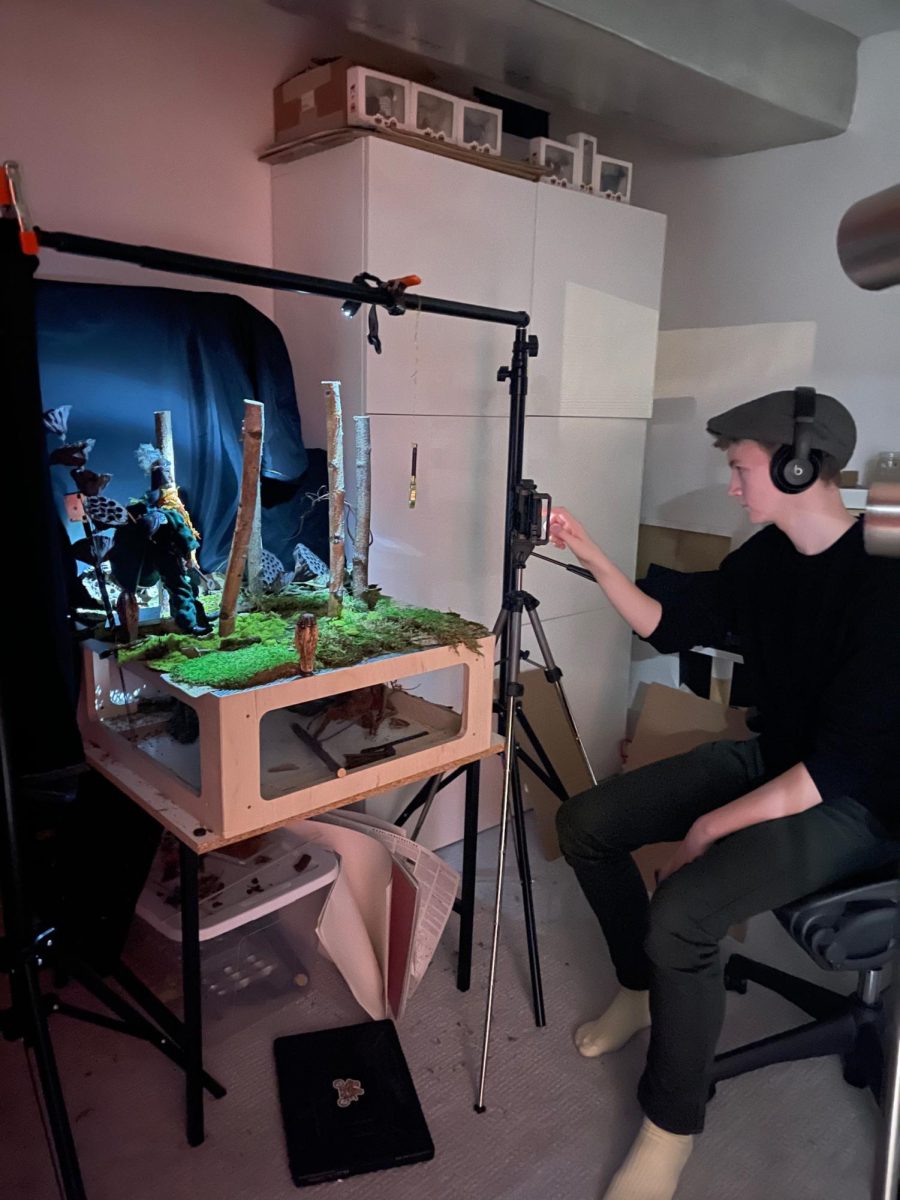Like lost children, strange creatures wander through a mysterious land constructed from detritus. These amalgamations of bones, fur and metal armatures inhabit junior Grey Everett Smith’s surreal world and are brought to life with stop motion. Using a converted guest bedroom as an animation studio, Smith’s passion has manifested in ten short films and has resulted to four of his pieces being featured in the Ohio Governor’s Youth Art Exhibition in both the 2023 and 2024 shows.
Growing up on stop-motion shows and movies, Smith began animating at 9 years old using whatever he could find – including clay, fruit and LEGOs. Smith’s current style, which he describes as “dark, moody [and] gory,” is particularly influenced by Wes Anderson and the Brothers Quay, known for their uncanny and often metaphorical films. Smith also lists the British company Aardman Animations and Tim Burton as additional inspirations.
“As a kid, I grew up watching a lot of animation,” Smith said. “[I was influenced by] ‘A Town Called Panic’ and the Brothers Quay, which are two brothers that are directors that made stop-motion movies. When I was really young, I watched ‘Pingu,’ ‘Nightmare Before Christmas’ and ‘Shaun the Sheep.’ One of the biggest influences for me was probably ‘Fantastic Mr. Fox’.”
While Smith has produced animated collages in the past, he chiefly uses puppetry in his films. Frequently incorporating the natural world into the designs of his puppets, Smith uses otter and bird skulls to imbue his characters with a conflicting sense of life and decay.
“Whenever I make my characters, I get the skull first and then you put in the eyes and it adds so much character and life,” Smith said. “So kind of having this contrasting life of the eyes and then the death, like the skull, it’s a really interesting thing.”
Aside from the aesthetics, Smith specifically uses bird and otter bones in his puppets for practical reasons.
“…With these characters, you have to focus a lot with balance,” Smith said. “These skulls are pretty hollow. They’re very lightweight, so it’s easier to animate than having a super thick, bony skull.”
A frequent international traveler, Smith hunts for local crafts and antiques while on vacation to add extra flair to his characters. His most recent puppet, from his animation “Forest of Keys,” is a reconstructed marionette originally from Italy.
“I’ve been to France, England, Japan, Costa Rica and Mexico,” Smith said. “Whenever I travel, I try to find interesting objects and stuff I can implement, like the keys [from Forest of Keys] I got from England.”
GHS art teacher Sarah Noblett, who teaches Smith in her Advanced Art class, describes his artistic practices as “methodical” yet “open-minded” and “spontaneous.” With a concentration on “alternative worlds,” Smith spends time both in and out of class crafting materials for future films.
“Grey works during studio time to construct his figures and backgrounds but spends a great deal of time outside of class taking his photos and producing the film at home,” Noblett said. “It is fun seeing his passion for stop-motion animation and the time he invests to reach his goals.”
Smith creates his films through a tedious but rewarding process. Each element must be meticulously posed and photographed; the process is repeated as materials are moved in tiny increments.
“Thirty seconds of film can usually take you four or five hours of animation,” Smith said. “So it takes a long time just sitting there in that dark room, moving things.”
After shooting with his iPhone, Smith converts his images into animation with Photoshop. The soundtrack and other effects are added using Adobe Premier Pro.
For the past three years, he’s been able to hone his skills and experiment with new mediums by attending camps at the renowned Interlochen Center for the Art in Michigan.
“So in my freshman year, I studied animation,” Smith said. “We did a little bit of stop-motion there, but it was mostly digital animation. Then [during] my second year there, I did storyboarding…it was a one-week intensive program, while the first year was three weeks.”
During this year’s stay, Smith expanded his repertoire to live-action filmmaking.
“So that was kind of a big step up for me because you’re not always in control of everything,” Smith said. “I was actually working with real people, shooting stuff with cameras and running around.”
Currently, Smith is planning a new film, which will tread territory previously uncharted in his previous projects.
“My next film will be set in a snowy biome setting,” Smith said, “contrasting my previous films that have all been present in the woods.”
Smith intends to pursue filmmaking in college, but until then, he continues to refine his craft for the time being.
“I’m excited to keep pushing the boundaries of my stop-motion films,” Smith said. “My focus in the future is to continue on creating smoother animation, crafting deeper, more finished character storylines, and to experiment with lighting to bring my stories to life with more interesting colors.”
This story was originally published on BluePrints on January 30, 2025.



